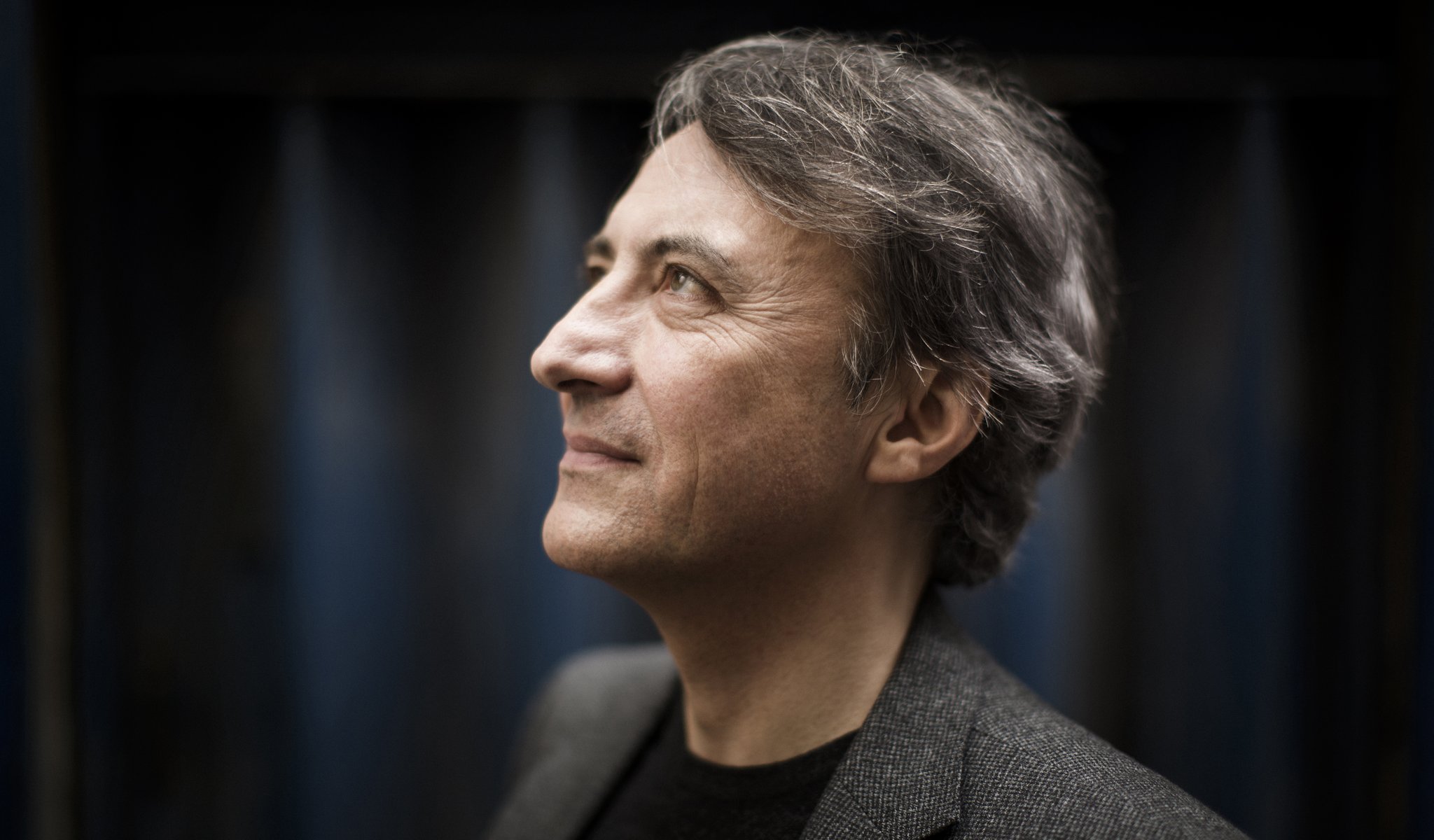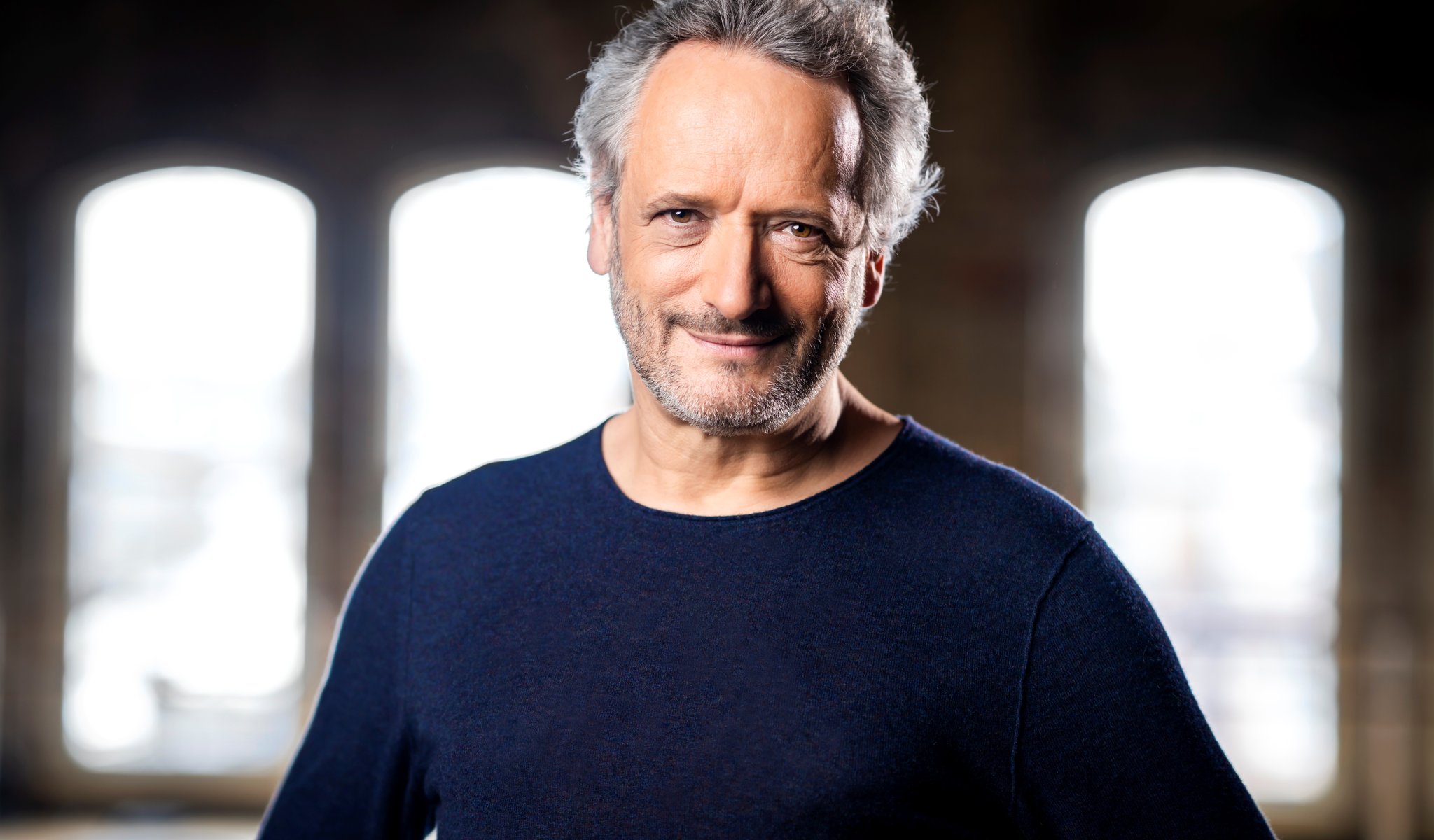

Program
Featuring
Other information
The event is about 2.5 hours long.
About the event
The French conductor Louis Langrée returns to the pulpit of BFO with a French program, performing the music of two prominent composers of the turn of the 19th and 20th centuries, Ravel and Saint-Saëns. The music director of both the New York Mostly Mozart Festival and the Cincinnati Symphony Orchestra is to conduct an orchestral suite (grown from a piano piece) and a symphony including an organ part, and, between the two, one of the most significant 20th century piano concertos. The soloist of the latter is the conductor’s compatriot, Jean-Efflam Bavouzet, who has already played concertos by Bartók and Mozart with the Festival Orchestra. This is what The Financial Times wrote about him: “He makes you listen to music as if you are discovering it Eureka!-style: yes, that’s what the composer must have meant!”
The circle of artists called The Apaches frequently met at the home of Ida and Cipa Godebski. Ravel had a knack for treating children, and, as an eccentric, had a tendency to flee the company of adults and visit the room of the Godebski kids, Jean and Mimie. There he told stories to the siblings. These stories soon inspired the composer to write a series of piano duets, later turning them into ballet music and an orchestral suite. In the Mother Goose series, the first movement is a slow Spanish dance, the Pavane of the Sleeping Beauty, followed by Tom Thumb and the pentatonic melody of the Little Ugly Girl, the Empress of the Pagodas. The Conversation of the Beauty and the Beast takes the form of a slow waltz while The Fairy Garden consists of a single upping.
Although the Austrian pianist Paul Wittgenstein lost his right arm in World War I, he did not give up his vocation. He commissioned pieces for the left hand from the best composers of the time, including Ravel. Mother Goose was completed by 1931. Wittgenstein arbitrarily rewrote several parts and the relationship between composer and performer grew cold, despite the pianist’s later return to Ravel’s score. Composed for the left hand but sounding like any piano piece for both hands, the concerto consists of a single movement that can be segmented into several parts. It is full of jazzy components but is characterized by gloominess and tragic overtones.
After the interval, the orchestra performs Saint-Saëns’ last symphony. “I gave everything I was able to give to it. What I have accomplished here, I will never achieve again,” wrote the composer after the 1886 London premiere of the work. Those days he was equally popular in England as a conductor, pianist and composer. He was commissioned by the Philharmonic Society of London and he chose C minor as the key – a key that was made iconic by Beethoven and Brahms – though the symphony begins with grand C major chords. Saint-Saëns used the thematic transformation technique known from the music of Liszt and Berlioz; that is, he applies his motto resembling the Dies irae motif in different forms throughout the two movements (four parts) of the composition. Saint-Saëns dedicated the symphony, complete with piano and organ, to the memory of Liszt.
Did you know? Ravel's orchestral suite was premiered in Paris on 20 April 1910, and his Piano Concerto in D major in Vienna on 5 January 1932, with Paul Wittgenstein as soloist and Robert Heger conducting. Saint-Saëns's symphony was premiered in London on 19 May 1886, conducted by the composer. The Festival Orchestra last performed the orchestral suite on 30 December 2016 in Pécs (conductor: Gábor Takács-Nagy), the Piano concerto on 27 December 1995 (soloist: Zoltán Kocsis, conductor: Iván Fischer), and the symphony on 18 January 2009 (conductor: Ion Marin).
Contemporary events In 1910, Dezső Kosztolányi's book of poems entitled The Complaints of a Poor Little Child was published / Gustav Mahler's Symphony No 8 premiered in Munich on 12 September 1910 / the novel Brave New World by English writer Aldous Huxley was published in 1932 / Spanish painter Pablo Picasso painted Girl before a Mirror in 1932 / in Soviet Ukraine, the Holodomor, the organized starvation of the peasantry, began in 1932, claiming millions of victims / German philosopher and psychiatrist Karl Jaspers' Philosophy was published in 1932 / in 1886, German engineer Karl Benz patented his gas-powered vehicle / on 21 March 1886, Anton Bruckner's Symphony No 7 was premiered in Vienna / Scottish writer Robert Louis Stevenson’s novel The Strange Case of Dr. Jekyll and Mr. Hyde was published in 1886